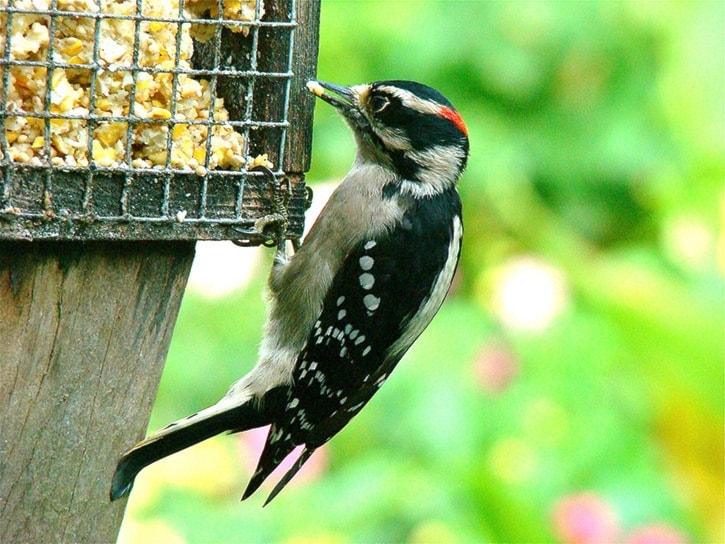Colder nights and wet days mean tough times for small birds.
Many come to gardens and yards in search of food.
Some are migrants spending the winter at the coast, having nested at higher altitudes or in more northern areas of the province.
Providing bird feeders gives us an opportunity to enjoy their presence.
Seed feeders attract many species, including flocks of dark-eyed juncos. This very common winter visitor can be well-camouflaged on the ground, but seldom stays still.
The flocks’ erratic movements help them avoid predators such as the Cooper’s hawk or merlin.
White-crowned sparrows, house finches and bushtits also travel in flocks, for safety and company.
Bushtits are tiny grey birds with long tails, that nest locally, building pendulous nests in gardens and parks. In fall, they gather into larger and larger flocks, sometimes as many as 70 together, and roam around feeding on aphids and other small insects.
They will readily come to a suet feeder and are a comical sight when they all try to gather on it at once.
Suet is also good for attracting downy woodpeckers and is a nutritious alternative for resident chickadees and nuthatches, which spend much of their time at seed feeders.
To keep squirrels away, try using hot-pepper-flavoured suet blocks, as the birds are not affected by the taste.
Anna’s hummingbirds used to be uncommon in B.C., but these southern birds have moved steadily north over the last two decades and now regularly nest in Delta.
They survive the cold by eating insects and also come to nectar feeders.
If you start using a feeder, you should commit to keeping it freshly topped up, as the tiny, fast-moving birds will rely on it in a sudden cold snap.
When positioning bird feeders, it is advisable to have bushes fairly close, so that birds can escape if a predator appears.
Very many birds die by hitting windows, so feeders should be placed either well away from buildings or within one metre of the glass. This prevents flying birds from gaining speed and injuring themselves on impact.
Ultra-violet, leaf-shaped window decals work well as a glass alert, and are unobtrusive for people looking out.
Domestic cats are also a major danger for small birds and should be kept indoors as much as possible.
With care, you can have a garden full of birds to watch all winter.
Anne Murray, the author of two nature books available in local book stores, writes monthly in the Peace Arch News – www.natureguidesbc.com
